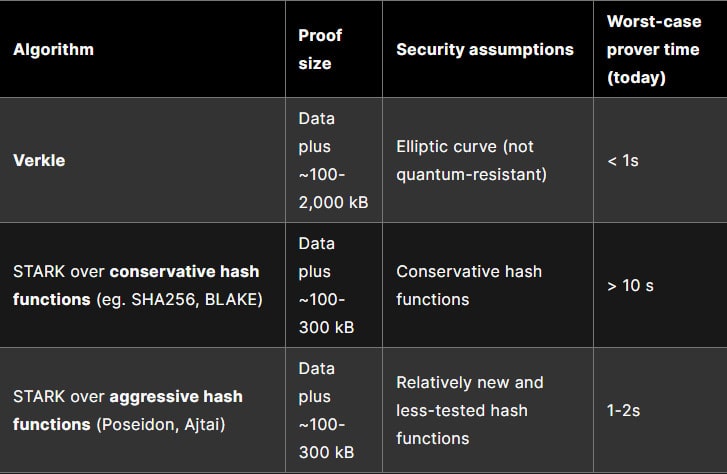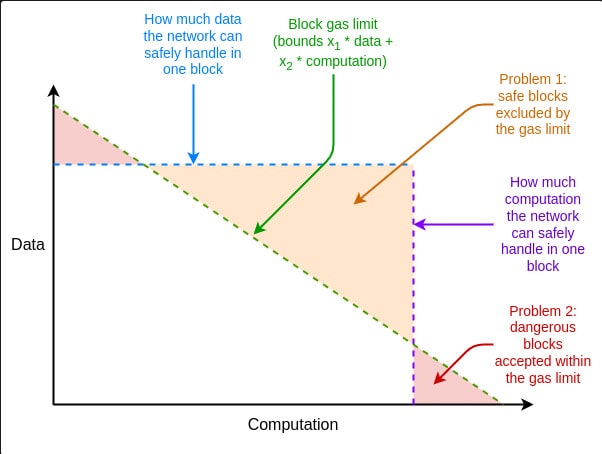Ethereum co-founder Vitalik Buterin said the network’s next upgrade, called “The Verge,” is designed to make Ethereum more secure and accessible, allowing its nodes to run on devices as small as a “phone or smartwatch.”
The Verge aims to reduce hardware requirements using “stateless verification,” which will allow nodes to verify blockchain blocks without storing large amounts of data.
Stateless verification
One of Ethereum’s challenges is the increasing data size required to operate a node, which currently requires “hundreds of gigabytes of state data,” according to research from Paradigm.
The Verge introduces stateless verification, which Buterin said will “make fully-verifying the chain so computationally affordable that every mobile wallet, browser wallet, and even smart watch is doing it by default.”
The shift to stateless verification would mean that Ethereum nodes no longer have to store the entire blockchain, reducing the technical barriers for users, including solo stakers.
Verkle trees vs. STARKs
In his blog post, Buterin said that The Verge initially focused on implementing Verkle trees, a cryptographic structure designed to reduce proof sizes and enable stateless validation.
He acknowledged concerns about Verkle tree vulnerability to quantum computing, saying:
“Verkle trees are vulnerable to quantum computers, and so if we replace the current KECCAK Merkle Patricia tree with Verkle trees, we will later have to replace the trees again.”
Developers are considering Scalable Transparent Arguments of Knowledge (STARK)-based binary hash trees, which provide an improved long-term outlook for security and scalability when resisting quantum threats.

Multidimensional gas and solo staking
The Verge also includes proposed changes to the network’s gas cost system under Ethereum Improvement Proposal (EIP)-4762 in preparation for stateless verification.
The proposed change would adjust gas fees for resource-heavy cryptographic operations to ensure network scalability and security while incorporating what Buterin calls “multidimensional gas.”

This new idea separates gas costs for call data, computation and state accesses to offer improved management of Ethereum’s resources amid the upgrade’s focus on hardware requirement reduction.
By enabling node operation on smaller devices with these proposed changes, Buterin aims to make solo staking more viable and accessible.
Source: https://cointelegraph.com/news/ethereum-upgrade-enables-nodes-on-phones-smart-watches



